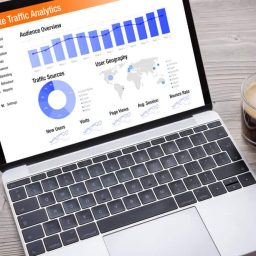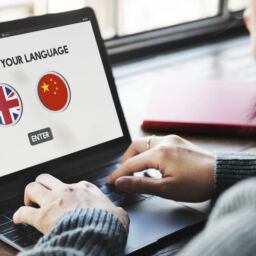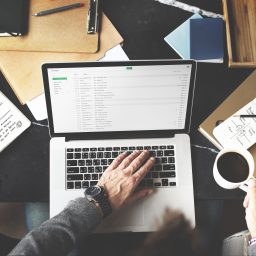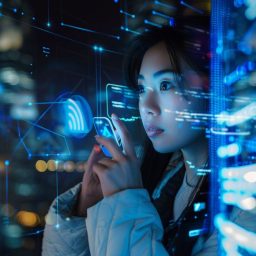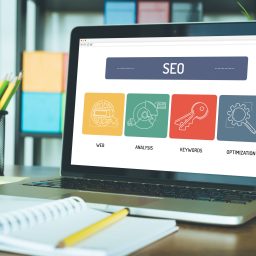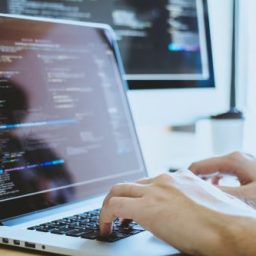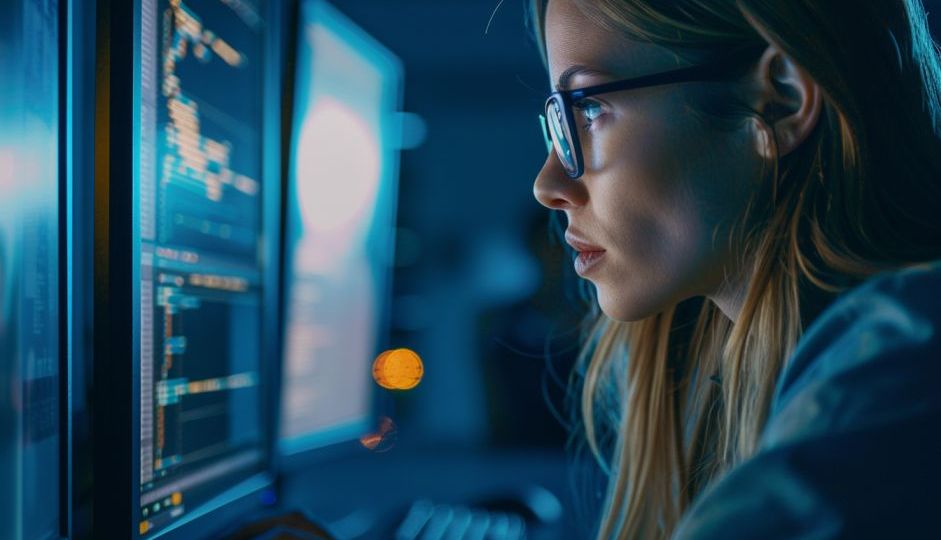

Technology is advancing at a lightning-fast pace. The development of IT enables the processing of vast amounts of data, resource management, and an innovative approach to problem-solving.
Information technology drives the progress of other sectors, including finance, healthcare, education, and entertainment. Understanding global trends will help you navigate complex terminology with ease.
Contents
Artificial intelligence and machine learning
Artificial intelligence (AI) and machine learning (ML) are the two fastest-growing sectors in the field. Recent years have seen revolutionary changes in these technologies.
AI algorithms are used in medicine to analyse medical images and diagnose diseases with accuracy that surpasses human capabilities. In the financial sector, machine learning aids in fraud detection and risk management through real-time transaction pattern analysis.
Artificial intelligence is employed also in agriculture, where apps for monitoring the health of plants and animals improve yields and facilitate resource management.
One of the most spectacular achievements of AI is the development of generative language models capable of creating realistic texts, answering questions, and even producing poetry or music.
AI is also used in the translation and localization industry, where machine translation is often used when the need for translating a large amount of text arises.
Self-driving cars are perhaps the most visible advancement in AI and ML. Tesla and Waymo are developing technologies to reduce accidents caused by human errors and make our roads safer.
In developed countries, new technologies are accelerating innovation, while in developing nations, they provide solutions to challenges and enable access to healthcare and education.
However, it is important to consider the ethical and regulatory challenges associated with AI and ML. Data privacy, accountability for machine decisions, and the potential misuse of AI for unethical purposes are subjects of intense global debate. Countries and communities strive to develop legal frameworks to regulate this evolving technology.
Democratising AI
The democratisation of artificial intelligence aims to make the technology more accessible to a broader range of people, regardless of their technical skills. It involves simplifying AI tools and making them available to entrepreneurs, scientists, and general users at low or no cost.
This democratisation means simplifying the creation of AI models without the need for coding or machine learning expertise. Google, Microsoft, and IBM already offer TensorFlow, Azure Machine Learning, and Watson, which allow for relatively easy creation, training, and deployment of AI models.
As a result, even small businesses or individual entrepreneurs have started to implement AI solutions in their products and services. Open online courses and workshops on AI provided by universities and tech companies are reaching a wider audience.
Technology trends: cloud computing and edge computing
Cloud computing has become the foundation of modern IT infrastructure. It allows companies to store vast amounts of data and run complex applications without the need to invest in their data centres, which would incur significant costs.
The technology provides access to computing resources on-demand, which is beneficial for startups and small businesses without substantial capital. Leaders in this field include Amazon Web Services, Microsoft Azure, and Google Cloud Platform.
Edge computing is an extension and complement to cloud computing. It involves data processing closer to its source, at the ‘edge’ of the network. This is crucial for the Internet of Things (IoT), which generates large amounts of data. Local data processing reduces latency, decreases the bandwidth needed to transmit data to the cloud, and enhances information security.
Cloud technology has become the foundation for modern business applications. It offers scalability, flexibility, and low operational expenses. Edge computing opens up new possibilities for data management in locations where quick response times are critical. For example, in smart cities, local data processing from sensors aids in effective traffic management.
As these technologies grow in popularity, they also pose certain challenges regarding data security and privacy. Companies and institutions are continuously working to strengthen security measures and adhere to privacy standards.


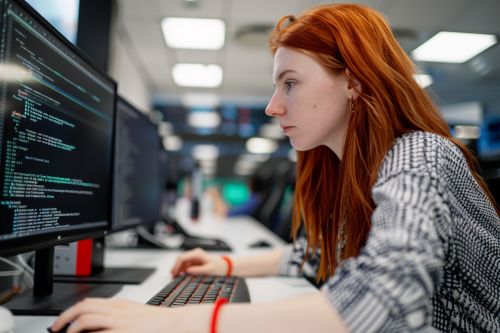
Digital twins
Digital twins revolutionise how we simulate and predict the operations of systems and processes. A digital twin is an exact, virtual replica of a physical object, system, or process. This digital model replicates the real-time operations of its physical counterpart. It allows for easy analysis, testing, and optimisation in a virtual environment.
Digital twins monitor and predict the condition of machinery. They enable early detection of potential failures and avoid downtime. In the aviation sector, they provide precise flight data analysis, help understand the wear and tear of specific components, and improve maintenance management.
In medicine, digital twins simulate medical procedures and the impact of medications on the human body. They aid doctors in understanding potential side effects and in developing more effective treatment methods.
In the construction sector, using digital twins to model the functioning of entire cities enables better analysis of traffic, energy consumption, and the impact of new projects on urban environments. This helps designers and city planners make more informed decisions about spatial planning.
Digital twins are not static models. They can be updated in real-time to reflect actual changes. This feature makes them invaluable when a rapid ability to predict future events is needed.
Despite their many benefits, implementing digital twins poses certain challenges. They require vast amounts of data and significant computational power to function effectively.
The Internet of Things
The Internet of Things, known as IoT, is a technology that is dynamically changing our daily lives. Billions of devices worldwide are exchanging data and collaborating to make life simpler and safer, as well as to boost worker productivity.
IoT encompasses simple gadgets like smart bulbs and sophisticated factory management systems. A key area for this technology is in smart homes. Thermostats, vacuum cleaners, refrigerators, and ovens can be remotely controlled via Wi-Fi, allowing users improved home management.
In factories, IoT enables machines to communicate with each other and automatically adjust production according to current needs. This increases efficiency, reduces waste, and improves worker safety.
In agriculture, IoT provides farmers with detailed data about soil conditions, humidity, and temperature, which helps in better resource management.
According to the IHS Markit forecasts, by 2025 there will be over 75 billion IoT devices in operation worldwide. The expansion of this field opens new horizons for business, science, and everyday life. However, it also requires constant vigilance, as every connected device potentially represents a security vulnerability.
Focus on cybersecurity
The evolution of networks and digital data has caused cyber threats to develop at an impressive speed.
Ransomware attacks, which demand a ransom to unlock access to data, represent one of the most significant threats in cyberspace. The 2021 attack on the Colonial Pipeline disrupted fuel supplies on the East Coast of the United States.
Another serious threat is phishing attacks, which involve posing as trusted sources to extract confidential information. The rapidly increasing popularity of IoT devices opens new avenues for cyberattacks due to their often inadequate security measures.
How does the IT industry respond to these challenges? One solution is the use of Artificial Intelligence and Machine Learning to detect and respond to threats quickly. Companies apply advanced AI systems that analyse network traffic patterns and detect anomalies before potential attacks. Security by design, which incorporates security aspects from the outset in software, is also growing.
Cybersecurity is not just about protecting personal and corporate data; it also concerns national security. A cyberattack might have devastating effects similar to a conventional military attack.
As a result, we are seeing an increase in investments in national cybersecurity initiatives and international cooperation in this field. An example of such cooperation is an EU framework guideline on sector-specific rules for cybersecurity aspects of crossborder electricity flows.

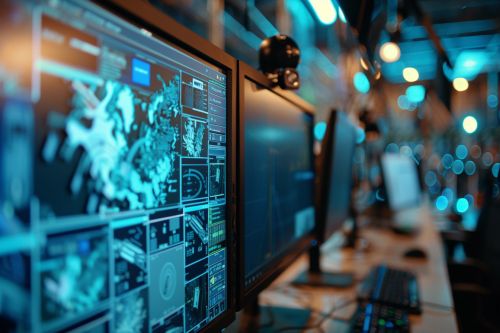
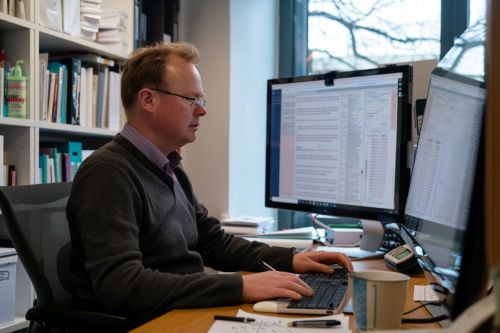
Technology convergence
The convergence of various technologies opens new possibilities for businesses, particularly in leveraging Artificial Intelligence and digital twins for social data analysis. These tools provide valuable insights into demographics, purchasing behaviours, and consumer opinions. Moreover, they enable the creation of tailored offers that better meet customer expectations.
Using AI-driven social analytics allows for more accurate predictions of demand for new products. It helps optimise production and distribution and minimises the risk of overproduction or supply shortages. In the financial sector, social models improve credit risk forecasting and facilitate banks to make more informed lending decisions.
However, the trend of technology convergence also carries certain risks. Companies need to be aware of potential issues associated with using AI and digital twins. They include discrimination based on ethnicity, gender, or sexual orientation. There is also the risk of relying on inaccurate data and misinformation.
Adapting IT services to local markets
Adapting IT trends to local markets involves more than just translating software into different languages. It primarily concerns tailoring technology to meet the specific needs of a region. For example, in Southeast Asia, many users access the internet solely on mobile devices. This fact prompts IT companies to focus primarily on developing mobile apps and cloud services optimised for them. In India, where internet access varies widely across regions, technologies need to be compatible with lower connection speeds and older devices.
In Africa, significant gaps in internet infrastructure lead companies to develop lighter app versions that use less data and function at lower internet speeds. In Europe, where there is a high awareness of data protection needs, IT companies must comply with GDPR (General Data Protection Regulation) and adapt their products to stringent legal requirements.
Cultural factors influence how people use technology. In Scandinavian countries, there is a high value placed on privacy. This results in the design of more discreet and less invasive technology solutions.
Different countries have detailed regulations affecting technology, which directly impact the development and distribution of IT products. China, for instance, has strict regulations regarding censorship and data control, forcing companies to adapt their products to meet these requirements.
IT translation services
Our translation agency specialises in the IT sector. It facilitates cross-cultural communication in over 100 foreign languages. We understand the unique challenges faced by the IT industry: complex terminology and a rapidly changing environment. Our team of translators continuously educates themselves to ensure the high substantive quality of each project.
Accurate translations enable IT companies to enter new markets and reach international clients. Accurate translation of technical documentation, software, and websites enhances product functionality and builds trust among users. We also provide machine translation, post-editing, video translation and localization services.
We work with various formats and platforms. Our team ensures that translations stay current with the latest trends and changes in the IT industry. Fill out the contact form, and we will get in touch with you after reviewing your inquiry.



